Looking at Apple's accessory evolution, it is hard not to notice the company's methodical march from simple shells to extensions of the iPhone itself. The iPhone 17 series looks set to break that playbook, and the twist is who nudged it there: Google's design philosophy.
Why Google's approach should inspire Apple's next move
Google has been playing a different game with the Pixel line, and Apple seems to be listening. The camera bar concept that spans the device's width is not just a flashy design; it is a tidy fix for messy engineering trade-offs. Early case leaks suggest a Google Pixel–inspired camera-bar design with a thick camera bar stretching across the entire back, a real break from Apple's square bump era.
Here is the interesting bit. That horizontal layout could make spatial imaging cleaner for Vision Pro tie-ins. Apple is keen to push the spatial imaging concept that debuted in the Vision Pro. If younger users shoot in portrait but want stereo alignment, placing cameras across the width makes practical sense. Not just vibes, a functional shift that Apple's old stack struggled with.
Interaction follows design. Case cutouts suggest the iPhone 17 Air may include a Camera Control button, as indicated by case cutouts, a hint that Apple is folding a horizontal camera philosophy into how you actually use the phone. Borrow the idea, refine the experience, move faster. Competition is doing its job.
Smart cases are already here, but Apple could perfect them
The smart case market already shows what is possible. Think self-healing materials that repair minor scratches or adaptive protection that detects falls and shifts structure. The hardware exists. The headache is integration.
Apple's patent trail points at that exact pain point. A published Apple patent application describes cases with built-in capacitive input and potential Touch ID support. It details sensors that detect touch, sliding gestures, and even fingerprint authentication, all feeding into iOS without a clunky companion app. One system, no duct tape.
The real swing is seamless handoff. Apple's filings describe cases that detect the presence and let the iPhone disable physical buttons while acting on case signals. No awkward setup, no battery roulette. Tie that to existing ideas like biometric sensors for enhanced security or environmental monitoring for air quality and UV exposure, and those features stop feeling like gimmicks.
The ecosystem advantage Apple could leverage
This is where Apple usually wins. Their recent patent for NFC-enabled Apple Watch bands that auto-personalize on connection shows how accessories can change settings the moment they click into place. Apply that to iPhone cases, and you get automatic profiles, app layouts, even behavior changes based on context, not manual toggles.
A 2025 patent continuation filing has been reported and suggests iterative refinements during prototyping. Narrower claims usually mean the concept survived the lab, which hints at timelines moving from idea to product.
Zoom out a bit. Apple's approach to MagSafe-compatible carrying accessories that can communicate with iPhones to adjust display features aligns with accessories that tune device behavior for you. These add-ons could identify thickness and materials to optimize wireless charging automatically, a small but meaningful quality-of-life fix.
Even simple touches matter. The rumored iPhone 17 cases featuring integrated lanyard holes match how people actually carry phones. When third-party tether tabs cost just $3-4 and slip through charging ports, demand is not subtle. Picture the phone sensing a lanyard, then tuning stabilization or one-handed gestures accordingly. Common sense, finally official.
What does this mean for the future of mobile accessories
All of these threads point to accessories that extend the phone's brain, not just shield it. Apple’s work on smart glasses with custom chips based on Apple Watch SoCs paints a picture of energy-thrifty wearables that complement the iPhone instead of fighting it for power.
Meanwhile, smart rings keep bubbling up with contactless payments and finger-gesture control, and the smartphone accessories market's projected growth toward billions by 2028 shows people want more than plastic bumpers. That momentum fits Apple's ecosystem-first instinct.
Patents fill in the how. Cases could support swipes and other gestures for media control, turning a case into an input surface. The patent hints at reverse wireless charging for the iPhone, which opens doors to self-powered cases or topping up accessories nearby.
Health and environment wrap it together. Health-focused cases with embedded sensors can track vital signs and monitor sleep patterns, feeding richer data into Apple's Health platform. Add environmental monitoring, then mix in location and weather, and you get proactive nudges that feel personal.
Where Apple goes from here
Google's influence on Apple's design thinking is a good thing, iron sharpening iron for the rest of us. The iPhone 17 series' rumored design changes, including the Google Pixel-inspired camera bar, show Apple can borrow a smart idea, then sand the edges until it feels native.
Apple's patent work points to cases that act like first-class citizens in iOS. Beyond Touch ID integration, the roadmap includes accessories that share device context, tune charging, and offer inputs that feel natural rather than bolted on. The direction is clear: accessories as extensions of device intelligence, not apps you babysit.
Rumored iPhone 17 Air specs (6.6-inch display, 120Hz support, and a custom C1 modem) suggest hardware built to meet smarter accessories halfway. Not just spec bumps, foundations for connected experiences where cases, bands, and attachments behave like a single system.
If Apple blends Google's practical camera ideas with its ecosystem muscle, cases will not just protect phones; they will push them further. My bet, smart cases move from novelty to default over the next cycle, and Apple finally treats the case as part of the phone, not something that merely surrounds it.






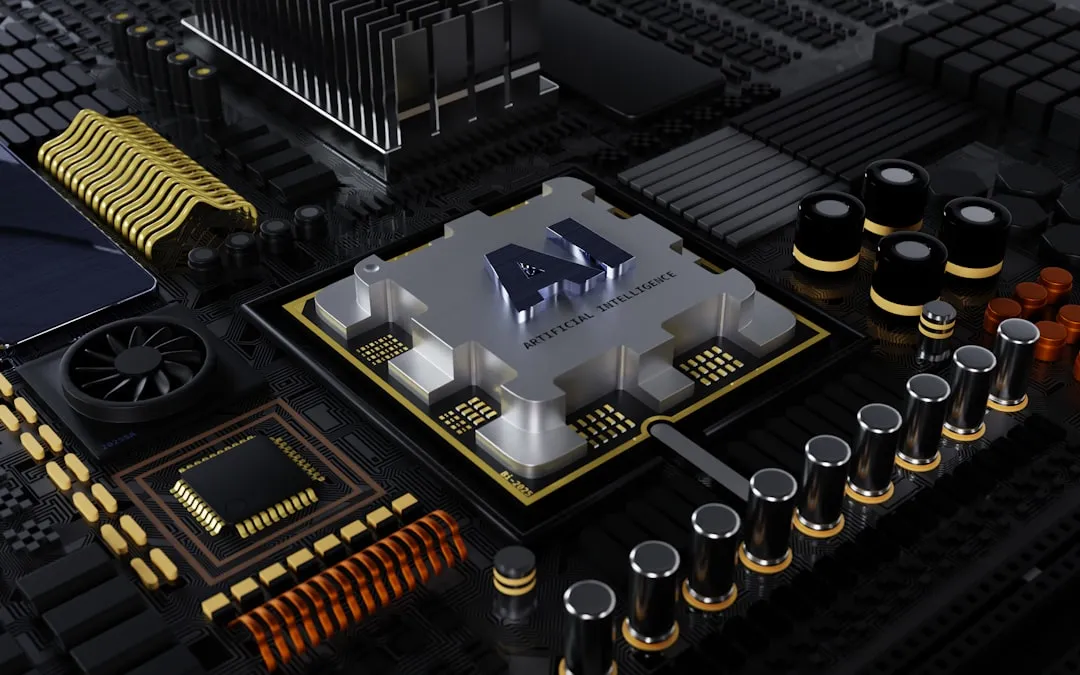


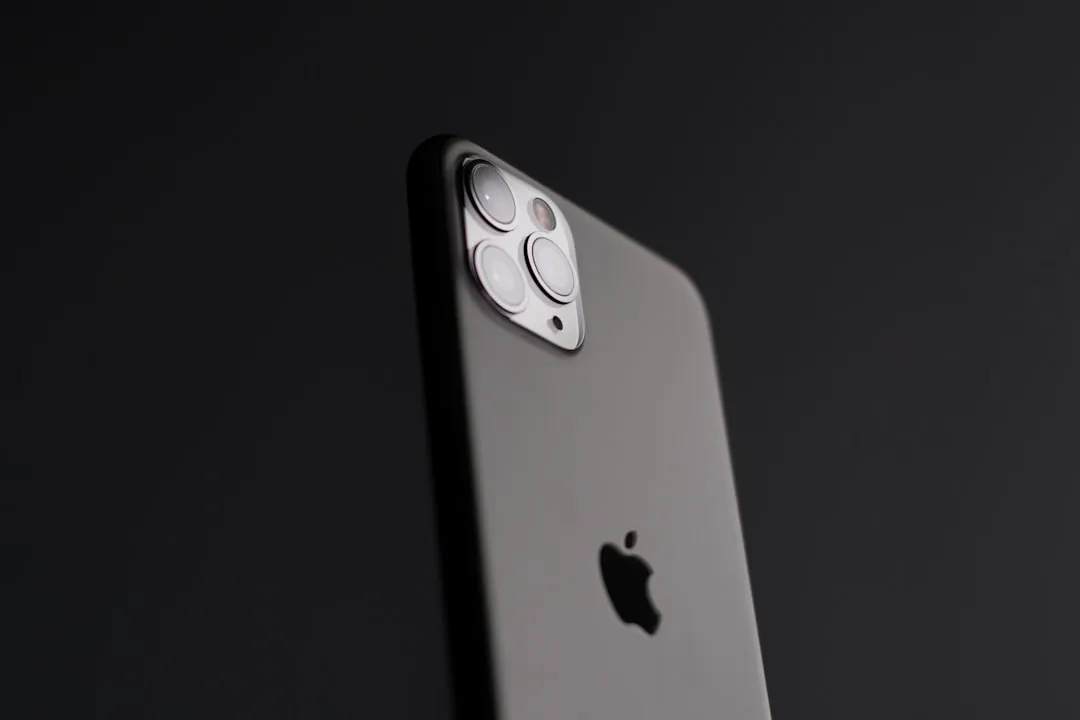


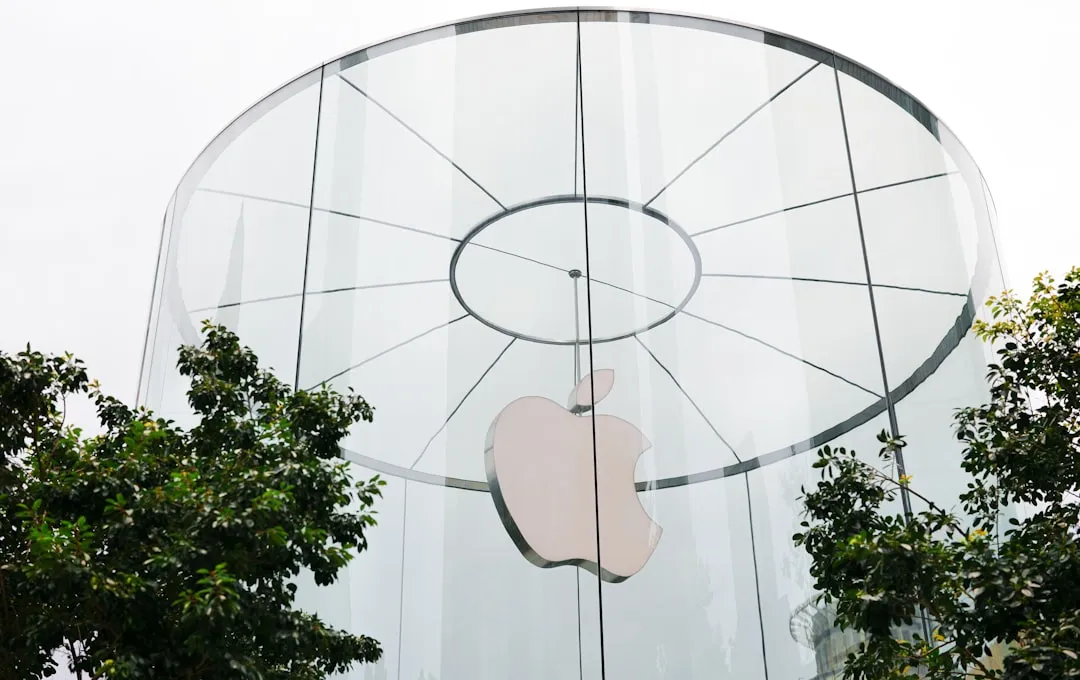
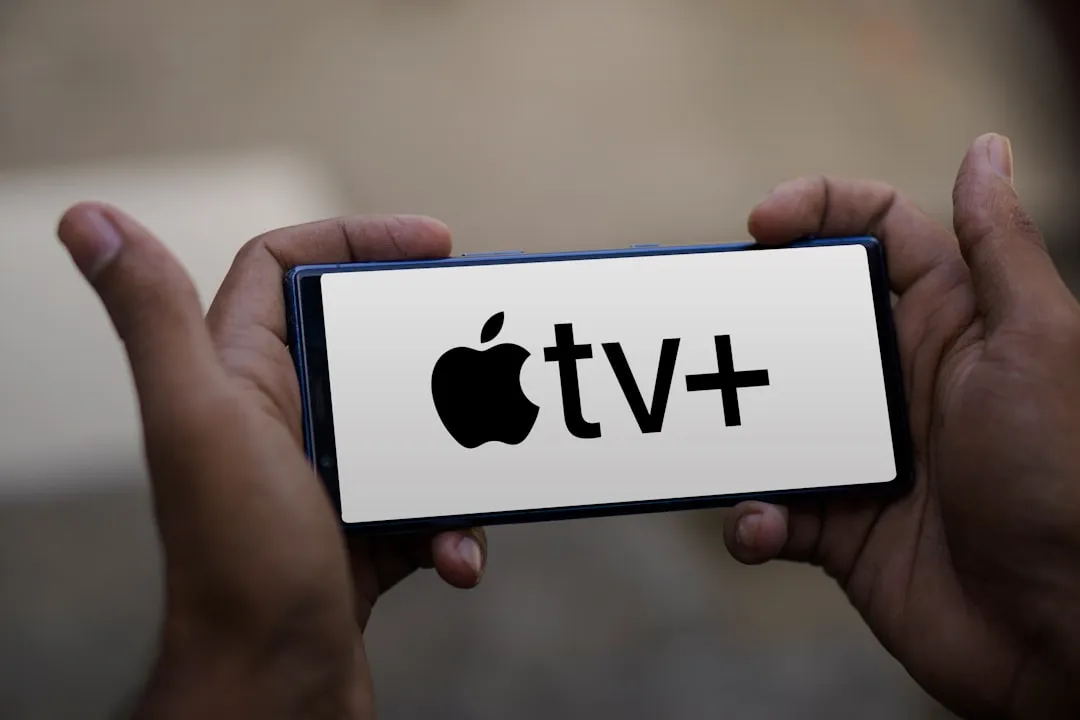
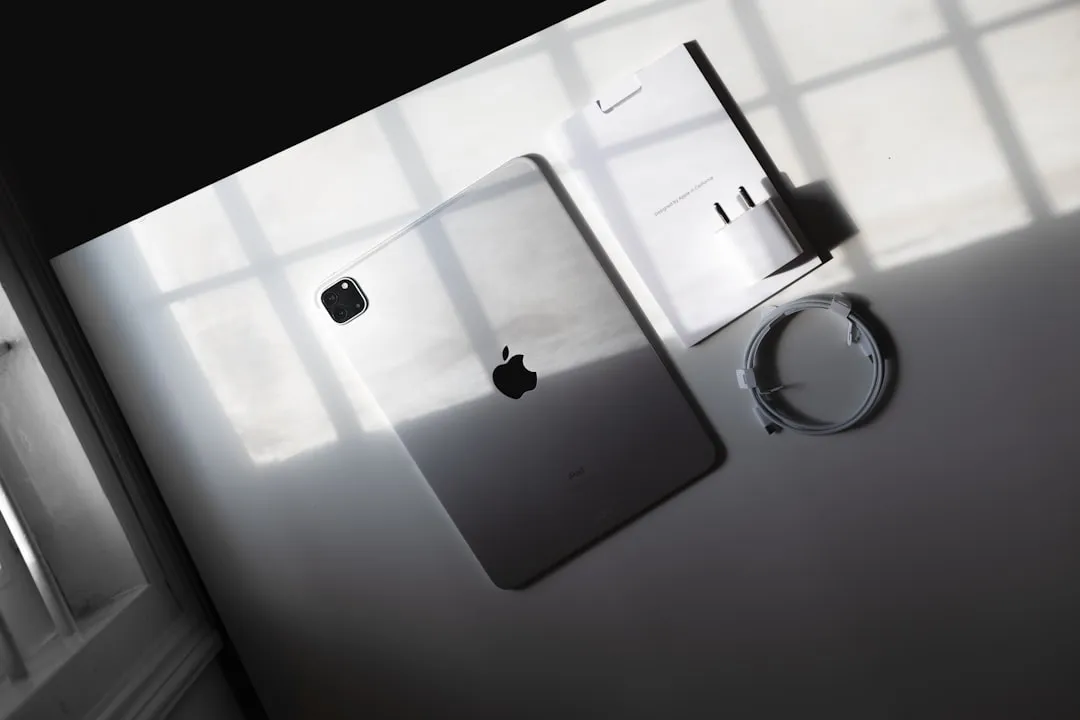

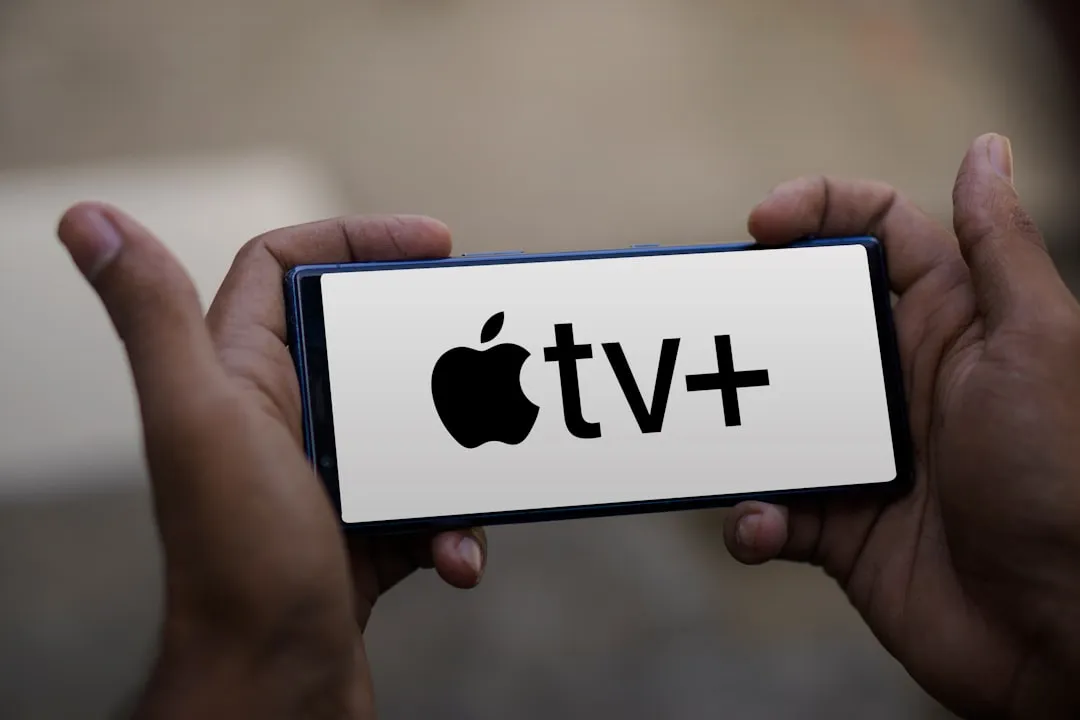

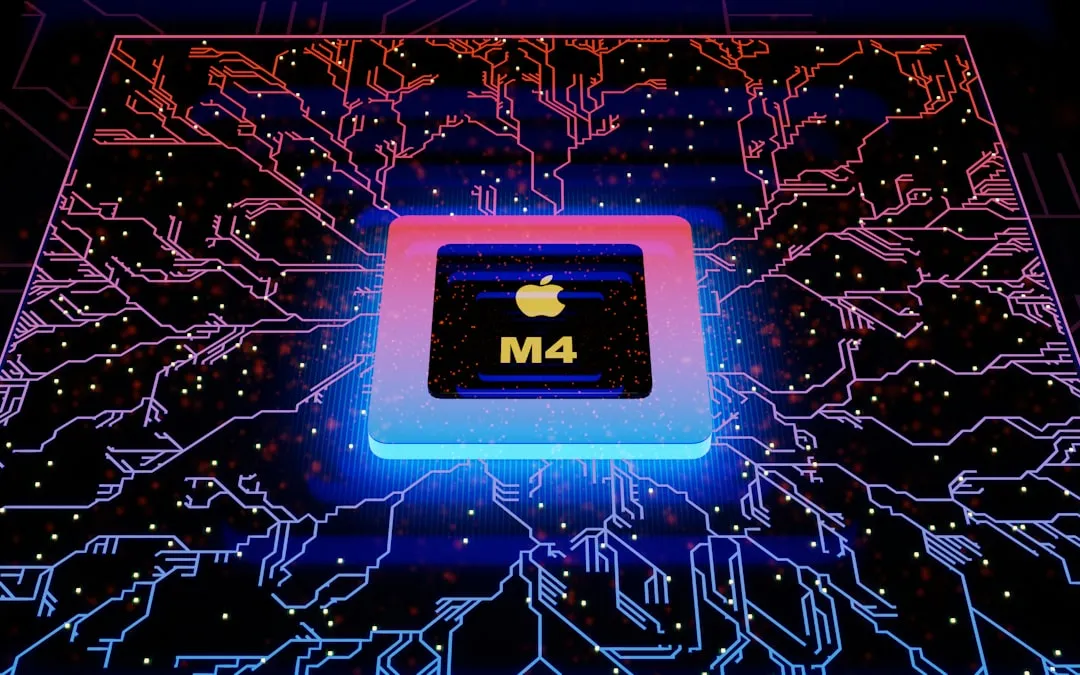
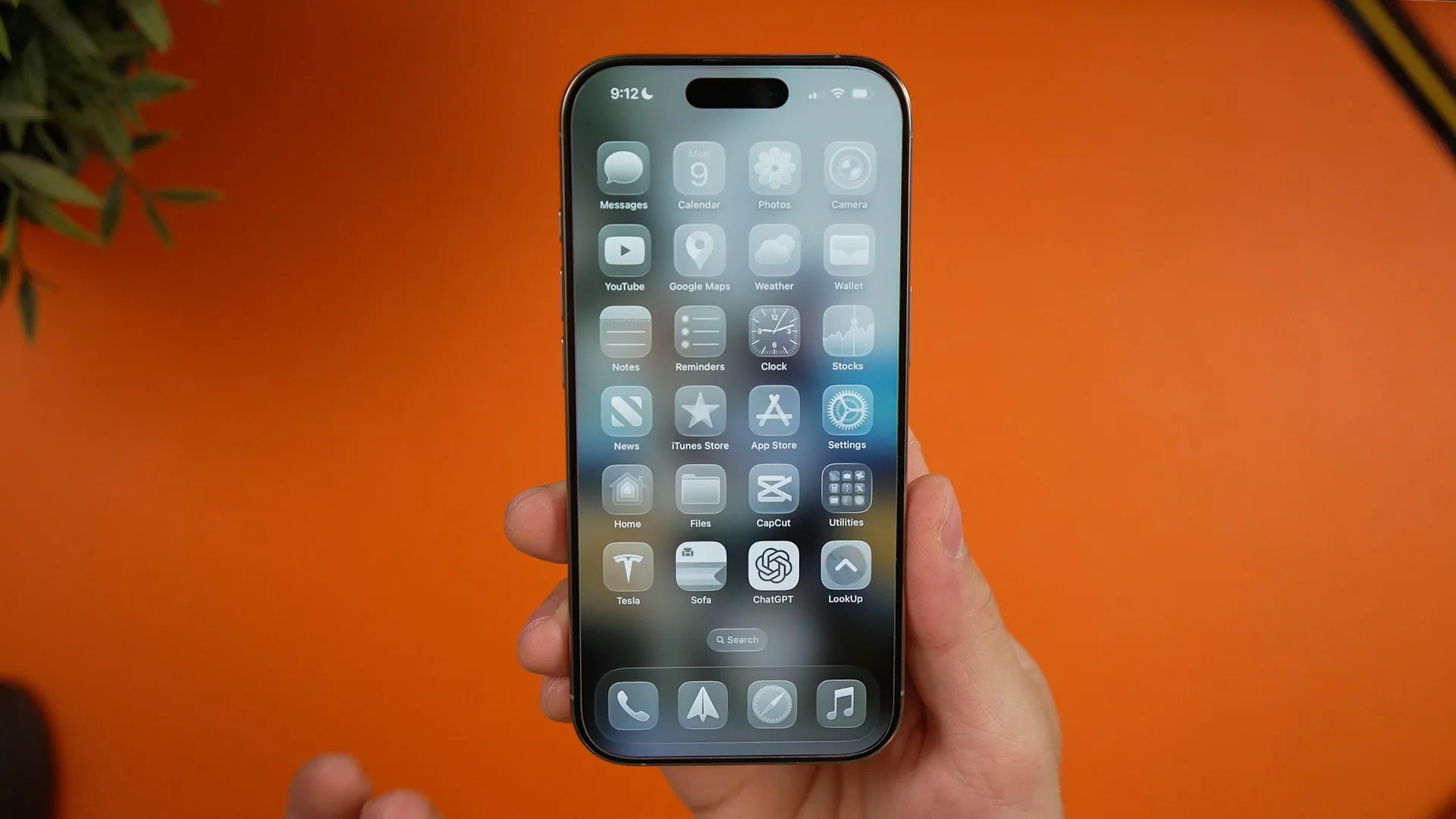

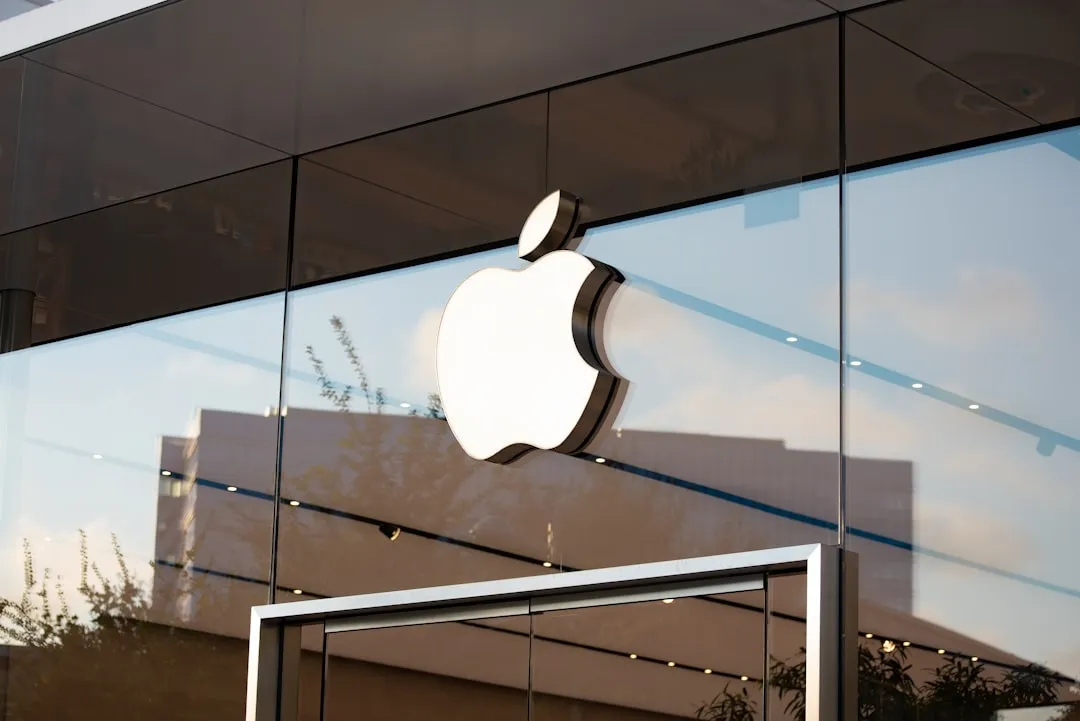



Comments
Be the first, drop a comment!